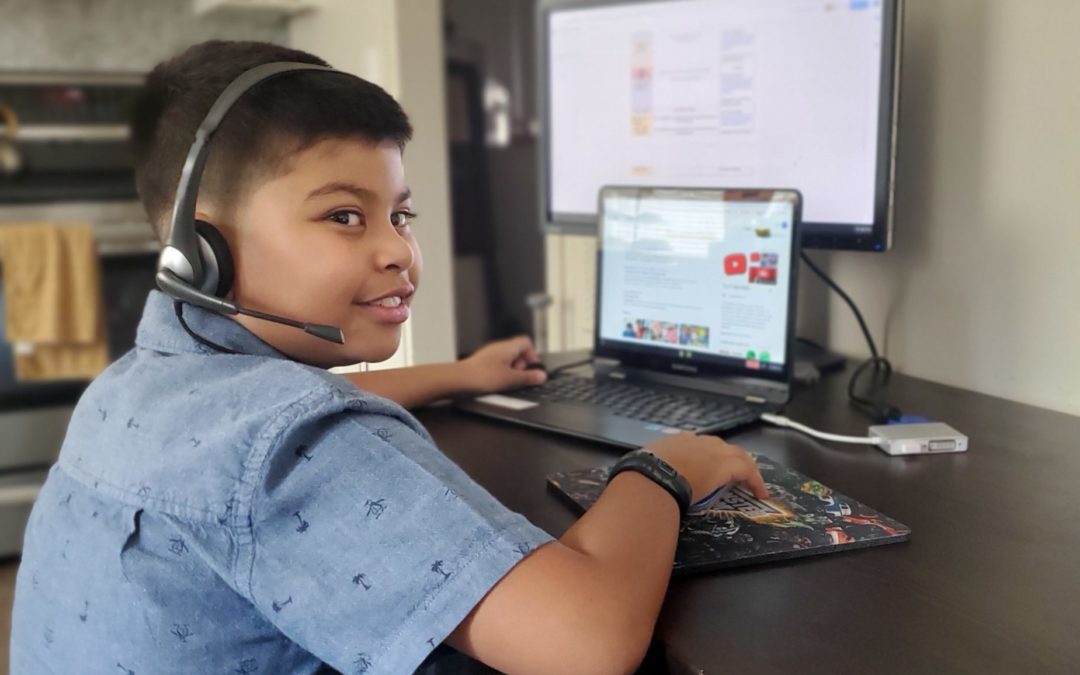“I don’t want to go to school!”
“I hate school!”
“Why can’t weekends be 5 days and school weeks be 2 days?”
These were only a few of the statements/questions my son passionately expressed every morning, prior to the emergence of COVID. I would lay in his bed, rubbing his back until he woke up, with the hopes of getting his day started off well. While working to understand his frustrations, my wife and I (both educators), never wavered in our expectation of following through with school despite his great disdain for it. We tried incentives, favorite snacks, additional lego time, but he simply couldn’t separate the learning process which he had come to love in other settings, from school which had become a mountainous obstacle to his enjoyment of life.
And then distance learning was set in motion… Wow! He was granted the freedom to weave technology resources into the fabric of his daily learning experience. He observed his teacher struggling to command the attention of his 3rd grade class in the first week of instruction over Zoom, and asked her if she knew how to mute the entire class. Her response in the negative gave birth to a level of confidence and affinity towards school that we hadn’t yet seen. Once he was able to contribute to his teacher’s success, and subsequently the success of the class, he experienced a turning point in his emotional disposition towards school. It scratched a cognitive and emotional itch for him. He was able to exercise his talent of technological resourcefulness to provide a solution for his teacher that ultimately benefited the entire class.
As a father of two boys, an educator, a coach, and husband of a world class teacher, I’m profoundly aware of the negative impacts COVID has had on our youth. With many children receiving their education through a distance learning model of instruction, they’ve been robbed of opportunities to engage socially with their peers. We hear countless stories of students battling thoughts of insecurity when being asked to turn their camera on or the frustrations of kinesthetic learners being confined to a chair and a screen… unable to adequately meet their physiological needs. I’m torn and yet inspired. I hurt for the students who experienced academic, social, and emotional decline during the pandemic. I also celebrate with great enthusiasm, those who’ve been able to thrive during distance learning.
As we eagerly approach a full return to school for all of our students, parents and educators are challenged with identifying models of instruction that help all children to thrive. We’ve been taught that there are different styles of learning (auditory learners, visual learners, kinesthetic learners), and in many cases our classrooms still look the same way they did twenty, forty, and sixty years ago. Technology has evolved and yet our instructional models have stood still. How can we leverage technology and other mediums to provide our children with optimal learning environments and experiences that meet their individual and collective needs? How can we help them love the learning process?
Tyrone U. Jones II
Director of Partnerships, TechLX


Recent Comments